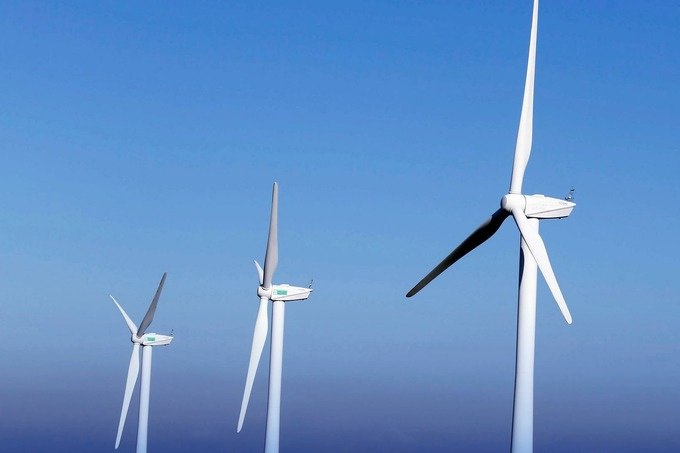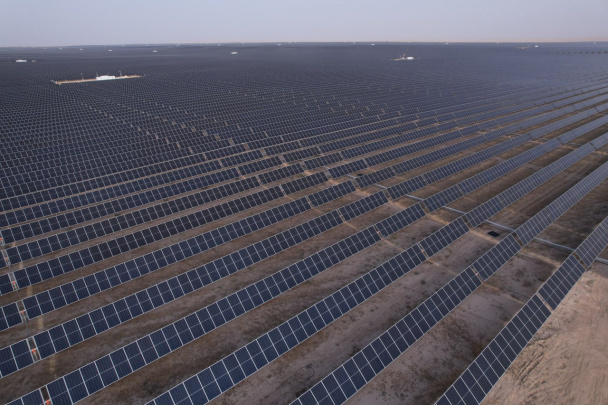RES in Germany provided up to 60% of electricity in 2023
In the summer, solar panels accounted for more than two-thirds of all energy generated.

Photo: iStock
In 2023, renewable energy sources (RES) in Germany provided up to 60% of electricity generated, the German Institute for Solar Energy Systems of the Fraunhofer Society reported.
Wind farms produced about 140 terawatt-hours (TWh) of electricity, up 14% from last year. The share of wind turbines in the overall structure of the German electric power industry was 32%.
Last year, energy production from solar power plants increased by 30% – from 46 to 60 TWh. The German government planned to launch new solar power plants for 9 GW, but in the end the plan was exceeded by more than half.
On July 7 at 13:15, solar panels were generating more than 40 GW. This means that at that moment Germany received 68% of its energy from the sun.
The total renewable energy capacity amounted to 260 TWh, an increase of 7.2% compared to 2022. Thus, the share of “green” energy that households received from electrical outlets increased from 50.2 to 57.1%.
In addition, the production of electricity from brown coal in Germany decreased by 27% (1963 level), hard coal – by 35% (1955 level).
Related News

12:37 / 11.12.2025
ACWA Power ramps up footprint in Uzbekistan with multibillion-dollar energy and green hydrogen push – interview

19:22 / 09.12.2025
Uzbekistan’s green power generation hits new record

16:11 / 09.12.2025
Uzbekistan opens its first official trade house in Germany

13:49 / 25.10.2025



